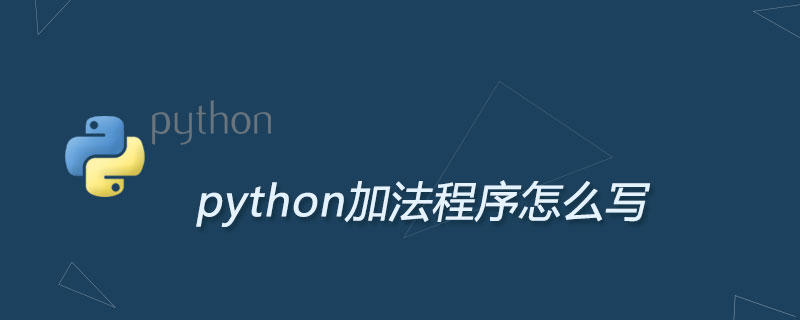
1、步骤
(1)创建SocketChannel实例,并将其配置为非阻塞模式,只有在SocketChannel实例中,任何I/O操作都是非阻塞的。
(2)使用connect()方法连接服务器,同时使用while循环连续检测和完全连接。在需要立即进行I/O操作之前,必须使用finishConnect()来完成连接过程。
(3)用ByteBuffer读写字节,假如SelectableChannel是一种非阻塞模式,那么它的I/O操作读写字节可能比实际字节少,甚至没有。因此,我们使用循环连续的读写来确保读写完成。
2、实例
publicclassNonBlockingTCPClient{
publicstaticvoidmain(String[]args){
byte[]data="hello".getBytes();
SocketChannelchannel=null;
try{
//1.openasocketchannel
channel=SocketChannel.open();
//adjusttobenonblocking
channel.configureBlocking(false);
//2.initconnectiontoserverandrepeatedlypollwithcomplete
//connect()andfinishConnect()arenonblockingoperation,bothreturnimmediately
if(!channel.connect(newInetSocketAddress(InetAddress.getLocalHost(),8899))){
while(!channel.finishConnect()){
System.out.print(".");
}
}
System.out.println("Connectedtoserver...");
ByteBufferwriteBuffer=ByteBuffer.wrap(data);
ByteBufferreadBuffer=ByteBuffer.allocate(data.length);
inttotalBytesReceived=0;
intbytesReceived;
//3.readandwritebytes
while(totalBytesReceived<data.length){
if(writeBuffer.hasRemaining()){
channel.write(writeBuffer);
}
if((bytesReceived=channel.read(readBuffer))==-1){
thrownewSocketException("Connectionclosedprematurely");
}
totalBytesReceived+=bytesReceived;
System.out.print(".");
}
System.out.println("Serversaid:"+newString(readBuffer.array()));
}catch(IOExceptione){
e.printStackTrace();
}finally{
//4.closesocketchannel
try{
if(channel!=null){
channel.close();
}
}catch(IOExceptione){
e.printStackTrace();
}
}
}
}
以上就是SocketChannel在java中实现客户端的方法,希望对大家有所帮助。更多Java学习指路:Java基础
© 版权声明
文章版权归作者所有,未经允许请勿转载。
THE END



















































暂无评论内容